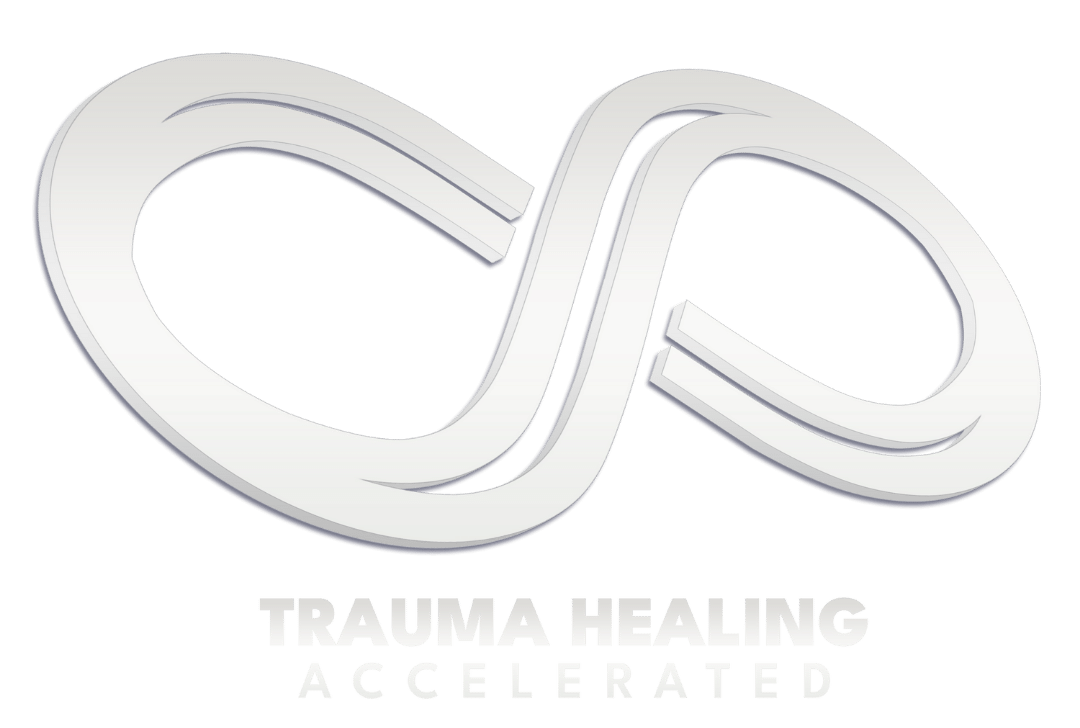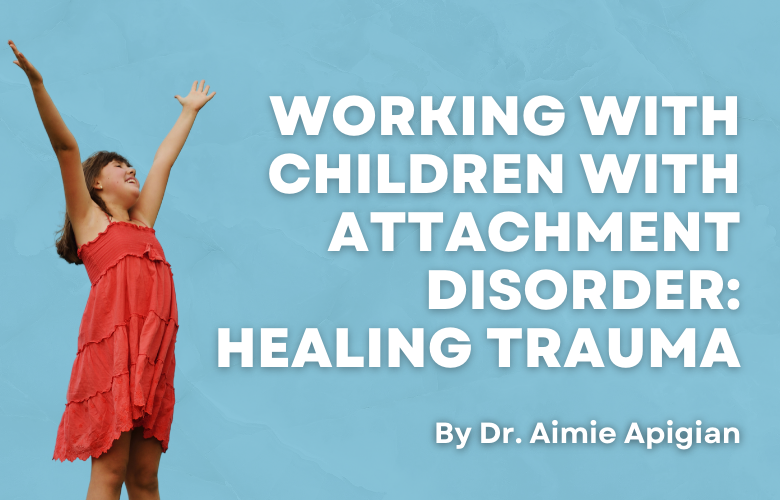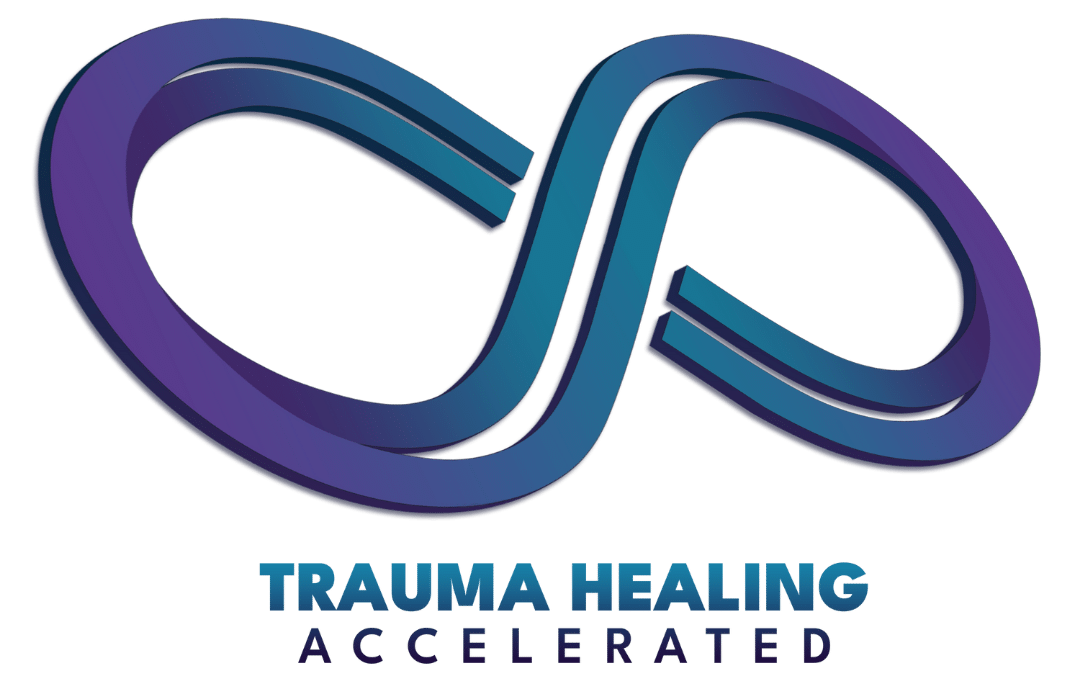All children who have attachment disorder encountered some type of trauma during their early life.
Working With Children With Attachment Disorder: Healing Trauma – There is no attachment disorder without a relational trauma that resulted in neurobiology wired to react. Sometimes this trauma is obvious and comes in the form of physical abuse, sexual abuse, abandonment, or gross neglect.
We all know people, whether adults or children, who had good parents and a comfortable home, yet happen to have moods and behaviors of attachment disorder.
Do they really have attachment disorder? How can this be?
Going on the premise that all attachment disorder has its roots in trauma in early life, where is the trauma? Better yet, what is trauma?
Understanding what trauma is will help us comprehend how good parents can have children with attachment disorder.
Trauma is a subjective experience; this means that what is traumatic for one person will not be traumatic for another.
Trauma is a subjective experience of threatened survival, physical or psychological. Meaning that there is a fear base to the situation, in which one believes that their very physical or psychological survival is in question.
This leads us to a very important component of the definition of a trauma: it results when “our ability to respond to a perceived threat is in some way overwhelming” (Peter Levine, Healing Trauma).
Trauma Is an Overwhelmed Response to a Perceived Threat
A perceived threat goes back to the subjective experience of every traumatic event. All it takes to cause a traumatic event in a child’s life is for them to perceive someone or a particular situation to be threatening to the child’s physical or psychological survival.
Perceived threats are key in the sequela of symptoms after a trauma has not been resolved, including PTSD. Perceived threats do not have to be realistic threats. For example, an individual with PTSD will perceive threats by certain people, places, and things when there are none. This is one way in which trauma continues to play out in one’s lifetime unless healing occurs and one’s perception is brought closer to reality.
For those who have lived with the effects of trauma, they can attest to a perceived threat as conscious, but usually it is unconscious. All of a sudden, one may become aware that they are utilizing defense mechanisms in order to protect themselves physically or psychologically without knowing why.
Our Brain’s Biological Response to Trauma
When a threat is perceived, we have instinctual mechanisms built into the hardware of our bodies to respond. We call these “survival instincts,” and every living creature has a similar biological way of responding to trauma. When it comes to survival, that part of our brain is wired the same as animals.
The biological response to trauma by animals and humans, alike, starts with “Fight or Flight” and then to “Freeze,” if the first two are not possible. The signal for this biological survival response is located in an area in the brain that is deep and subconscious, and is able to respond to a threat in a millisecond. These signals bypass the higher cortex entirely, helping one survive when an immediate reaction is needed.
After all, when survival is at stake, one’s biology is programmed to do anything to protect one’s self and stay alive. Our subconscious brain utilizes things that afterwards might seem irrational, unnecessary, and perhaps dangerous in the moment. The subconscious brain only considers survival – long-term consequences, looking good, or maintaining a certain social or moral code play no role in immediate survival instincts.
It is fascinating to see how consistent the response of the brain and its engagement of the body in a survival response is universal, crosses cultures and species. Bessel Van der Kolk states, in The Biological Response to Psychic Trauma, “The human response to trauma is so constant across traumatic stimuli that it is safe to say that the central nervous system (CNS) seems to react to any overwhelming, threatening and uncontrollable experience in quite a consistent pattern.”
The Body’s Biological Response to Trauma
The body’s biological response to trauma can be characterized as a loss of connection: a loss of connection with our bodies as it generates a response we cannot understand or control, a loss of connection with humanity as someone or something else betrays our sense of safety, and a loss of connection with the world around as our world shrinks and may stay small to maintain a sense of safety and control following a trauma.
One of the body’s responses, when it is in survival mode and dealing with trauma, is hyper-arousal, which is needed for the fighting or fleeing part of the response. Hyper-arousal is a sympathetic nervous system response, bringing a surge of electrical energy from the brain throughout the nerves of the body to the heart, muscles, adrenal gland, and eyes.
Hyper-arousal will result in a fast and stronger heart rate, often characterized as a “pounding heart,” faster and shallower breathing, sweating, and one’s eyes tend to focus on near things (pupil constriction). In addition, one’s muscles can feel both tense and have a nervous energy where they are ready for action!
If the hyper-arousal response does not succeed in one’s attempt to escape from the perceived threat, the body’s biology is then shifted, by the brain, to one of hypo-arousal through the vagus nerve. This results in the freeze response and the accompanying immobility, helplessness, dissociation, denial, and even a stunned conscious where an automatic obedience mode comes into play in order to survive.
Overwhelmed Biology
A trauma is any situation that causes one’s brain and body’s physiology to be overwhelmed in its attempt to respond.
This can occur when the situation becomes more than what we can physically or psychologically handle. For example, no matter how hard you try, a child will be overwhelmed if they were to be jumped by a gang. Physically, there is no way they can out-fight or out-run, and their system would be overwhelmed trying to survive.
One’s brain and body’s threshold for stress can, in large, be affected by our past experiences, neurobiology, and one’s body’s physiology as a result of one’s genetics and environment. According to Peter Levine, the critical factor in trauma is the perception of threat and the incapacity to deal with it, which is a fundamental principle of the somatic trauma therapy he developed called Somatic Experiencing.
The Lasting Biological Effects of Trauma in the Brain and Body
If an event was overwhelming to one’s biology, their biology remains changed in the brain and body until it is resolved. This, unfortunately, can result in continued degrees of hyper-arousal, including hyper-vigilance, hyperactivity, anxiety, and abrupt mood swings involving anger.
Lingering Biological Effects of Trauma can also include signs of an imbalanced and more sensitive nervous system: sensitivity to sounds and light, lower threshold for stress in general, difficulty sleeping, and exaggerated emotional and startle responses. Lasting neurobiological effects of trauma can include depression, crying, shame, insecurity, and low self-esteem.
Healing the Effects of Trauma
While this is a very scientific and biological view of trauma, the point is that healing the effects of trauma needs to involve not only one’s psychology, but also one’s biology.
There are a few different forms of somatic therapies for trauma, all of which involve the body and the nervous system in the healing and the lingering biological effects of trauma.
Trauma Releasing Exercises and Somatic Experiencing are two of the most well-developed forms of somatic trauma therapy. Similarly, even massage can be done with healing trauma in mind, and when combined with the intention of healing, there can be some great results.
Somatic trauma therapy should be considered for not only military trauma and sexual abuse histories, but also children with relational trauma.
Interestingly, relational trauma has the same biological responses in the brain and body as any other trauma does. By removing that imprint will result in improved responses to psychological therapy and improved physical and mental health for the remainder of their life.
I hope you have enjoyed looking at the more objective science of a very subjective experience of trauma. What has been your experience with the actual biology of trauma? What somatic trauma therapies have you considered or done?
I encourage you, whether you are a healer or someone who is looking for healing, to understand the biology of trauma and use the knowledge to achieve complete healing!
In Health,
Dr. Aimie
Want help in this area? Consider scheduling an appointment with me so we can dive into this area of your life and come out the other side with major healing.
For more from the Trauma Healing Accelerated Blog please click here.


